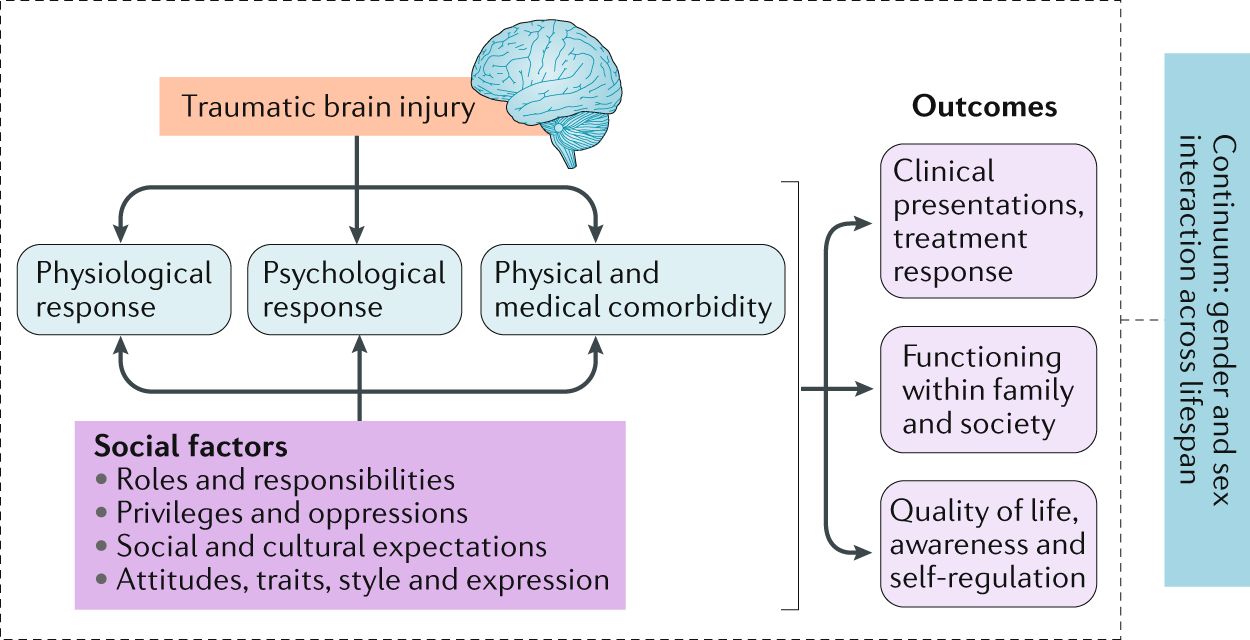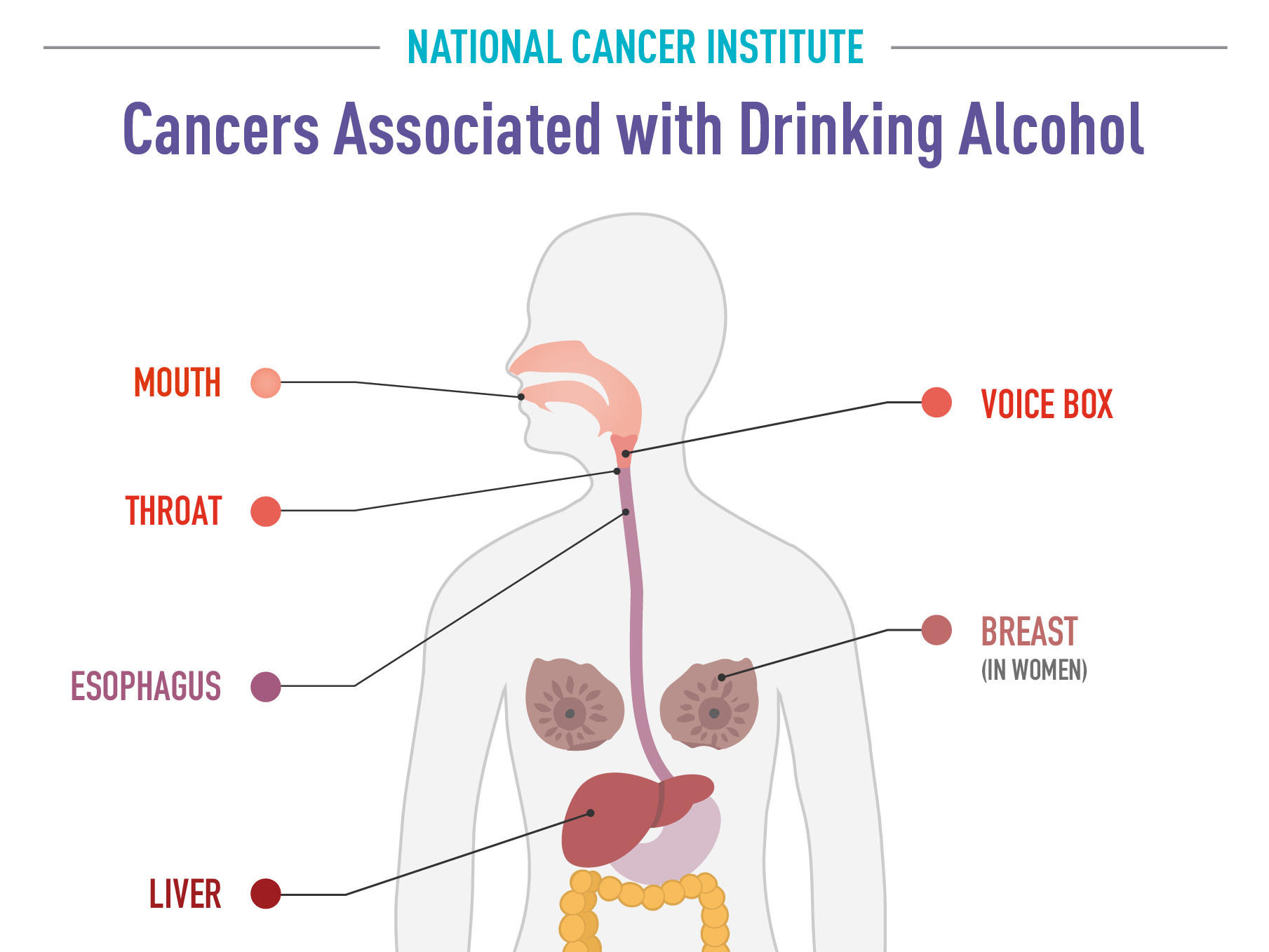Alcohol, a ubiquitous substance in many cultures, has long been intertwined with human experience. From social gatherings to personal moments of relaxation, alcohol has played a role in shaping our lives. Yet, its effects on our minds and bodies are complex and often misunderstood. This exploration delves into the scientific understanding of alcohol’s impact on the brain, highlighting the intricate pathways and mechanisms involved.
Alcohol’s Rapid Journey Through the Body
Alcohol, in its various forms – beer, wine, spirits – is absorbed quickly into the bloodstream through the lining of the stomach. Within a mere five minutes, it reaches the brain, its effects becoming evident within 10 minutes. This rapid absorption explains why alcohol’s influence is felt so swiftly.
The liver, our body’s primary detoxification organ, begins processing alcohol after approximately 20 minutes. On average, it can metabolize one ounce of alcohol per hour. This rate varies depending on factors like body weight, gender, and individual metabolism. The legal limit for driving under the influence, a blood alcohol concentration of 0.08, takes around five and a half hours to leave the system. Alcohol’s presence in urine can persist for up to 80 hours, and traces can be detected in hair follicles for up to three months.
Alcohol’s Impact on Brain Communication
Alcohol’s primary target is the brain, interfering with its intricate communication pathways. These pathways are crucial for regulating mood, behavior, cognition, and bodily functions. Alcohol disrupts the delicate balance of neurotransmitters, the chemical messengers that facilitate communication between brain cells. This disruption can lead to a wide range of effects, from euphoria and relaxation to impaired judgment, memory loss, and coordination difficulties.
Stages of Alcohol Intoxication: A Spectrum of Effects
Alcohol intoxication progresses through distinct stages, each characterized by a unique set of effects:
- Subliminal Intoxication: With a blood alcohol content (BAC) between 0.01 and 0.05, this is the initial stage. While not visibly apparent, reaction time, behavior, and judgment may be subtly altered.
- Euphoria: During the early stages, the brain releases dopamine, the neurotransmitter associated with pleasure. This leads to feelings of relaxation and confidence, but reasoning and memory may be slightly impaired.
- Excitement: At a BAC of 0.08 to 0.25, the legal limit for intoxication, various brain regions are affected, resulting in blurred vision, slurred speech, hearing difficulties, and a lack of control.
- Confusion: A BAC of 0.18 to 0.3 often manifests as disorientation, as the cerebellum, responsible for coordination, is impacted. Individuals may need assistance with walking or standing. Blackouts, temporary memory lapses, are also common.
- Stupor: A BAC of 0.25 can lead to concerning signs of alcohol poisoning, severely impairing mental, physical, and sensory functions. The risk of passing out, suffocation, and injury increases significantly.
- Coma: A BAC of 0.35 poses a risk of coma due to compromised respiration, circulation, motor responses, and reflexes.
- Death: A BAC exceeding 0.45 can lead to death from alcohol poisoning or the brain’s inability to control vital functions.
Alcohol’s Long-Term Effects: A Silent Threat
While the immediate effects of alcohol may be temporary, its prolonged use can have lasting consequences. Heavy or chronic drinking, defined as four or more drinks per day for women and anyone over 65, and five or more for men under 65, can cause irreversible damage to the brain and body.

The Brain’s Vulnerability: A Developmental Perspective
The developing brain, particularly during adolescence, is especially susceptible to the harmful effects of alcohol. Alcohol misuse during this critical period can disrupt brain development, potentially leading to long-lasting changes in brain structure and function. These changes can impact cognitive abilities, emotional regulation, and even the risk of developing alcohol use disorder later in life.
Alcohol-Induced Blackouts: Gaps in Memory
Alcohol misuse can lead to alcohol-induced blackouts, periods of memory loss for events that occurred while intoxicated. These blackouts occur when alcohol intake temporarily blocks the transfer of memories from short-term to long-term storage in the hippocampus, the brain region responsible for memory formation.
Alcohol Use Disorder: A Cycle of Addiction
Chronic alcohol misuse can lead to alcohol use disorder (AUD), a complex condition characterized by a compulsive need to drink despite negative consequences. AUD is a brain disease, driven by changes in brain structure and function that alter reward pathways, decision-making, and control over alcohol consumption.
The Brain’s Capacity for Recovery: A Hopeful Outlook
While alcohol misuse can cause significant brain damage, research suggests that some brain changes, including those associated with AUD, can improve with months of abstinence. The brain’s remarkable capacity for plasticity, its ability to adapt and change, offers hope for recovery.
Alcohol’s Impact on Specific Brain Regions
Alcohol’s effects on the brain are not uniform. Different brain regions are affected in distinct ways, leading to a range of cognitive and behavioral impairments:
- Cerebral Cortex: This region is responsible for higher-level cognitive functions, including judgment, decision-making, and impulse control. Alcohol depresses the cerebral cortex, reducing inhibitions and making it difficult to think clearly.
- Cerebellum: This area controls movement, balance, and coordination. Alcohol affects the cerebellum, leading to clumsiness, impaired motor skills, and difficulty maintaining balance.
- Hippocampus: This region is crucial for memory formation and retrieval. Alcohol disrupts hippocampal function, leading to memory problems, including blackouts.
- Frontal Lobes: These lobes are responsible for executive functions, including planning, problem-solving, and decision-making. Alcohol can impair frontal lobe function, leading to poor judgment, impulsivity, and difficulty with complex tasks.
The Role of Acetaldehyde: A Metabolite with Harmful Effects
Ethanol, the alcohol in beverages, is metabolized by the liver into acetaldehyde, a toxic byproduct. Acetaldehyde can damage DNA, increasing the risk of various cancers, including liver, head and neck, and esophageal cancers.

The Alcohol-Cancer Connection: A Growing Body of Evidence
Research has conclusively established that alcohol consumption increases the risk of several types of cancer. This risk is not limited to specific types of alcohol; all alcoholic beverages, including wine, contribute to this risk.
Public Awareness: A Vital Gap in Knowledge
Despite the growing scientific evidence, public awareness of the alcohol-cancer link remains low. This gap in knowledge underscores the need for public health campaigns and educational initiatives to raise awareness about the risks associated with alcohol consumption.
Conclusion: A Journey Toward Informed Choices
Understanding alcohol’s impact on the brain is essential for making informed choices about our health and well-being. By recognizing the complex mechanisms involved and the potential for both immediate and long-term consequences, we can empower ourselves and others to make responsible decisions regarding alcohol consumption.
This journey through the science of alcohol and the brain emphasizes the importance of balancing enjoyment with informed choices. As we continue to learn more about the intricate relationship between alcohol and our minds, we can strive to create a world where knowledge empowers individuals to live healthier, more fulfilling lives.

